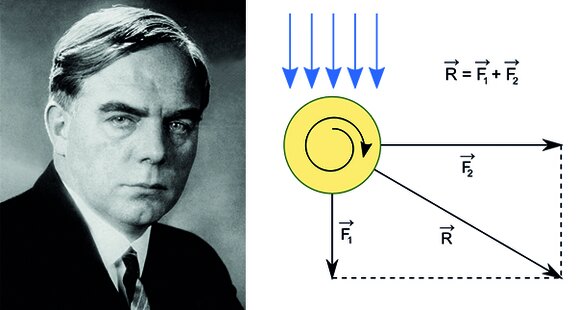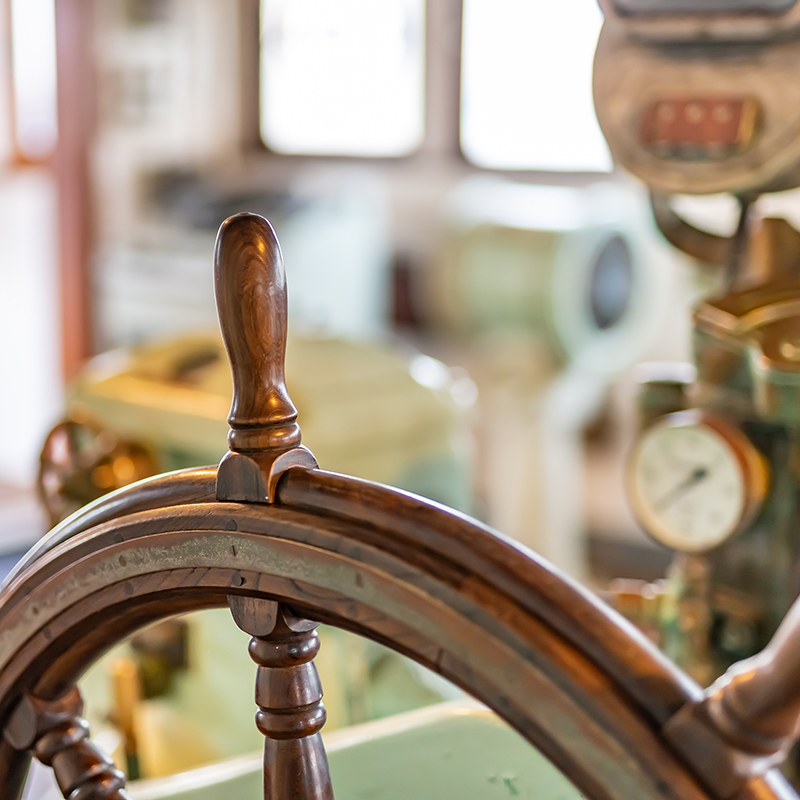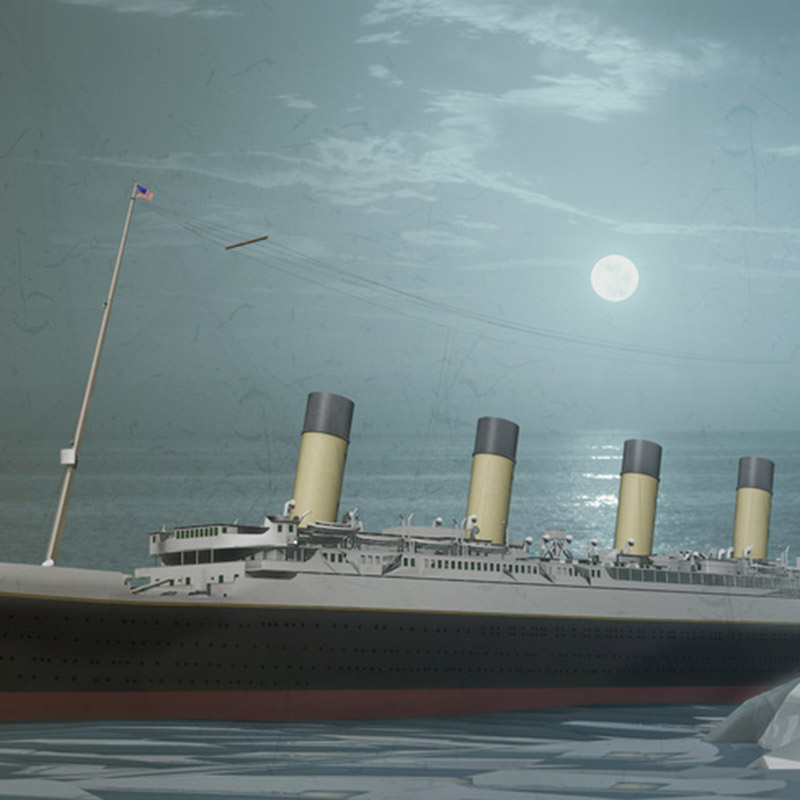How can we make work easier for the crews of sailing ships and save time? This was the question troubling inventor Anton Flettner from Frankfurt in the 1920s. His plan was to replace the ordinary canvas sails with metal sails equipped with a rudder. At the same time, the engineer became aware of the experiments using rotating cylinders at the Aerodynamische Versuchsanstalt (Aerodynamic Research Institute) in Göttingen. He drew on their findings and developed a rotor that worked according to the Magnus effect, the phenomenon whereby a rotating cylinder exposed to the wind flow generates a force from the suction and dynamic pressure forces that is at right angles to the direction of flow. This force is far greater than that of a rigid cylinder exposed to a flow. A ship equipped with Flettner rotors must therefore sail against the wind, similarly to a sailing ship. When there is no wind, no thrust is generated. Flettner patented his invention as a ship propulsion system.
Eco-friendly drive
Rotor ships were unable to establish themselves commercially in the early days. It was not until the early 1980s that Jacques-Yves Cousteau, a pioneer in marine research, had a research vessel called the “Alcyone” built which used comparable cylinders as an auxiliary form of propulsion. In 2008, the “E-Ship 1” was launched in Kiel, featuring large Flettner rotors.
The eco-friendly principle of the Flettner rotor, which converts wind energy into propulsion energy, is still used in shipping today: the savings made in diesel fuel by the E-Ship – up to 25% – prompted some shipowners to install Flettner rotors in their new ships or to retrofit existing ships. In 2014, the freighter “Estraden” was fitted with the modern “Norsepower Rotor Sails” system, a more efficient version of the earlier Flettner rotors, and has since reduced its fuel consumption by 6%. The Greek freighter “MV Afros” – which was named 2018’s “Ship of the Year” – was also equipped with four rotors that can be repositioned. In 2018, Viking Line’s “Viking Grace” became the first passenger ship to feature a 24-meter-high Flettner rotor on a trial basis, but the savings it made were too small. Viking Line is therefore holding off on installing the rotor in its other passenger ships for the time being.
Images: E-Ship 1: by Jamieson from Aberdeen, Scotland, (20037221244), licensed under CC BY 2.0; Flettner-Rotorschiff Buckau: Federal Archives image 102-00814, Kiel, Flettner-Rotorschiff Buckau, CC BY-SA 3.0 DE; portrait Anton Flettner and forces on the Flettner rotor: in the public domain







